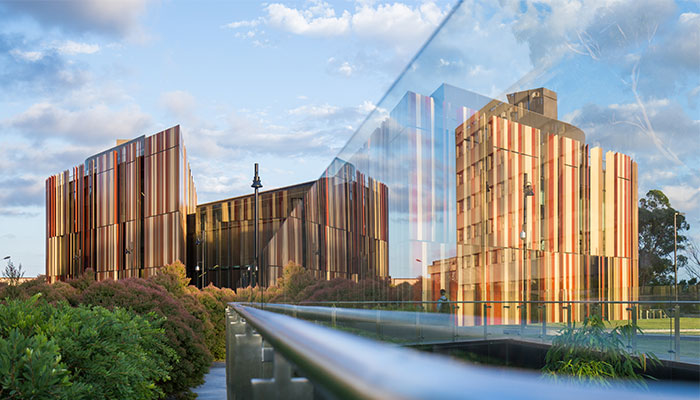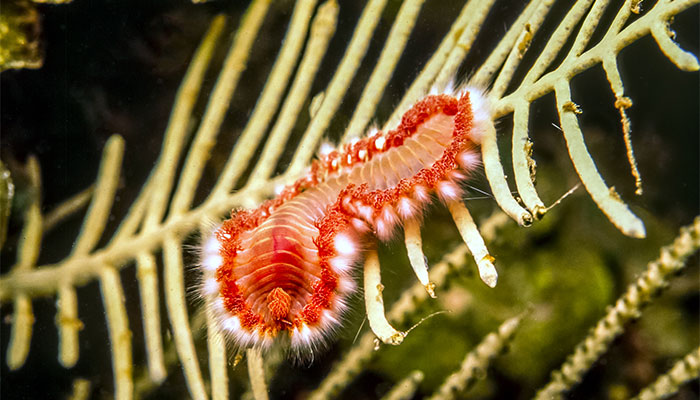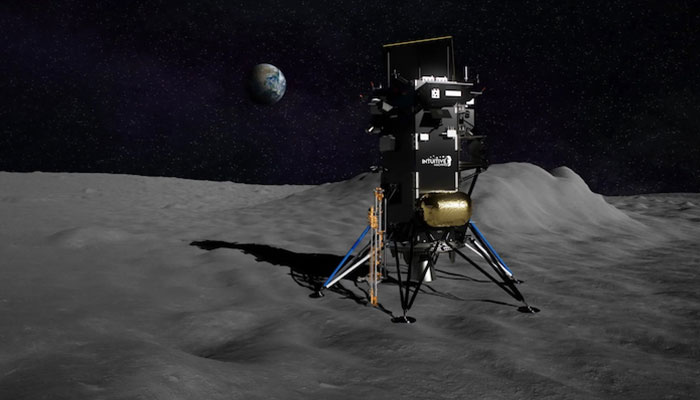- Supermassive black holes are not responsible for starving their host galaxies to death
- It is unlikely that the Milky Way’s supermassive black hole is the prime suspect for starving our galaxy of its precious star-forming fuel supply
- This work has the potential to re-write our understanding of how the Milky Way and similar galaxies form and evolve over cosmic time
A new study published in Monthly Notices of the Royal Astronomical Society has indicated that, contrary to past works, supermassive black holes are not responsible for starving their host galaxies to death.
Led by Macquarie University researcher Michael Cowley from the Department of Physics and Astronomy, the researchers concluded that it is unlikely that the Milky Way’s supermassive black hole is the prime suspect for starving our galaxy of its precious star-forming fuel supply.
“This work has the potential to re-write our understanding of how the Milky Way and similar galaxies form and evolve over cosmic time,” said Cowley.
“It also spells good news for us as inhabitants within the Milky Way, given it, like most massive galaxies, contains a supermassive black hole within - which may no longer be considered as significant a threat as previously thought.”
Over the past decade, there have been numerous studies that have investigated how supermassive black holes may impact their host galaxies. The consensus has been that blazing energy from the black holes can doom embryonic stars before they are even born. The remaining stars then age and die, but are never replaced, which leads to the death of the galaxy.
However, these past studies tended to investigate only nearby or massive galaxies that host supermassive black holes, or were limited to a particular observational wavelength (for example X-ray observations).
In the new study, the researchers observed the progenitors of the Milky Way, that is, galaxies that are growing up to look like our own galaxy, and used new multi-wavelength catalogues that span 12 billion years, allowing them to probe more than 90 per cent of the age of the universe.
Their findings suggest that black holes are not shutting down star formation to the extent that has been previously assumed, and that other causes may be to blame.
Closer to home, Cowley suggests that these findings relate to the Milky Way in that there is a supermassive black hole within that may become active many years from now.
“Currently, the Milky Way has an abnormally diminutive supermassive black hole that doesn’t output much energy. However, we expect our galaxy to merge with our neighbouring Andromeda galaxy in a few billion years or so,” said Cowley.
“This merging of galaxies may provide the perfect setting to trigger our dormant black hole to grow. If we are correct in our theory, the merged galaxies will live in harmony. If not, the triggered black hole could spell their doom!”
Cowley MJ., Spitler LR., Quadri RF., Goulding AD., Papovich C., Tran KVH., Labbé I., Alcorn L., Allen RJ., Forrest B. Decoupled Black Hole Accretion and Quenching: The Relationship Between BHAR, SFR, and Quenching in Milky Way and Andromeda-mass Progenitors Since z = 2.5. Monthly Notices of the Royal Astronomical Society. October 2017. doi.org/10.1093/mnras/stx2587



